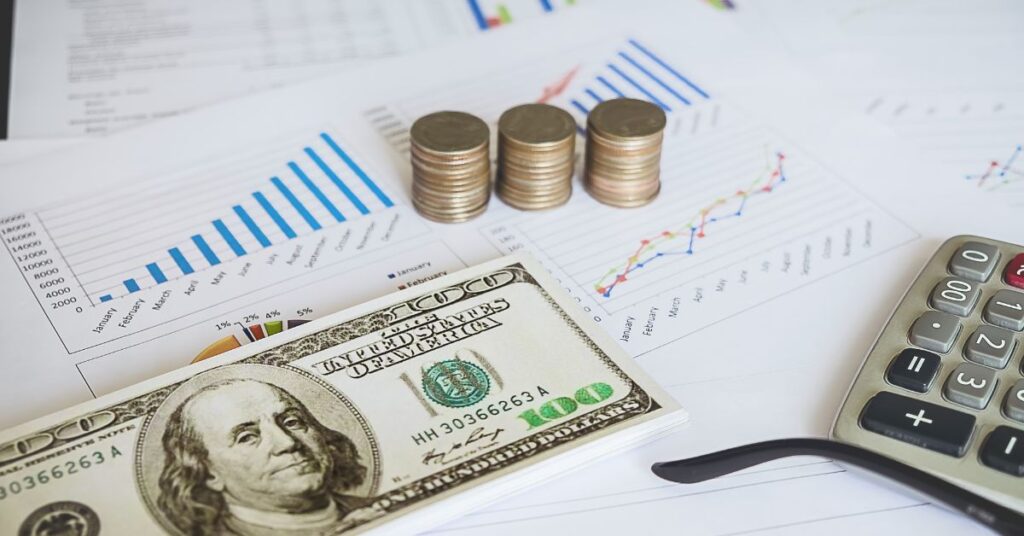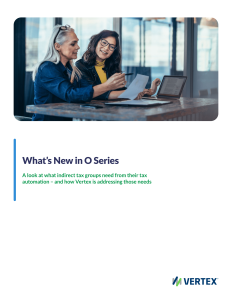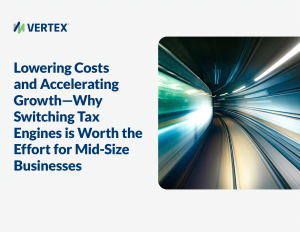Understanding Economic Slowdown: Causes, Impact, and Recovery Strategies

Understanding Economic Slowdown Causes, Impact, and Recovery Strategies

An economic slowdown refers to a period of reduced economic growth characterized by declining business activity, decreased consumer spending, and a sluggish job market. It is a challenging phase that can have far-reaching consequences for individuals, businesses, and the overall economy. In this blog post, we will delve into the causes of an economic slowdown, examine its impact on various stakeholders, and explore strategies to navigate through this challenging period.
Causes of an Economic Slowdown
- Decreased Consumer Spending: A decline in consumer spending is one of the primary causes of an economic slowdown. Factors such as reduced consumer confidence, high levels of debt, or uncertainty about the future can lead to cautious spending habits, impacting businesses across various sectors.
- Decline in Business Investment: During an economic slowdown, businesses often scale back their investment plans. Uncertain market conditions, weak demand, or financial constraints can deter businesses from expanding, investing in new projects, or hiring new employees.
- Global Economic Factors: Economic slowdowns can be triggered by external factors, including global economic imbalances, trade disputes, or geopolitical tensions. Negative developments in major economies can have a ripple effect, causing a slowdown in other countries and regions.
Impact of an Economic Slowdown
- Rising Unemployment: One of the most significant consequences of an economic slowdown is the increase in unemployment rates. Businesses may lay off employees or freeze hiring, leading to job losses and reduced income for individuals and households.
- Reduced Business Profits: Declining consumer spending and reduced business investment can lead to declining revenues and profitability for companies. This can result in downsizing, cost-cutting measures, or even business closures, further impacting job security and overall economic activity.
- Government Budget Constraints: An economic slowdown often leads to reduced tax revenues for governments. This can result in budget constraints, making it challenging for governments to fund social programs, infrastructure projects, or provide fiscal stimulus during the slowdown.
Recovery Strategies
- Monetary Policy Interventions: Central banks can implement expansionary monetary policies during an economic slowdown. Lowering interest rates stimulates borrowing, encourages consumer spending, and promotes business investment. Additionally, central banks can provide liquidity support to financial institutions to ensure the smooth functioning of the financial system.
- Fiscal Stimulus Measures: Governments can employ fiscal stimulus measures to counter an economic slowdown. These measures include increasing government spending on infrastructure projects, offering tax incentives to businesses, or providing direct financial assistance to individuals. Such measures aim to boost economic activity, create jobs, and stimulate consumer spending.
- Structural Reforms: Economic slowdowns provide an opportunity for policymakers to implement structural reforms aimed at enhancing long-term economic resilience. These reforms may include measures to improve the business environment, streamline regulations, invest in education and skills development, and foster innovation and entrepreneurship.
- International Cooperation: In an interconnected global economy, international cooperation is crucial to mitigating the impact of an economic slowdown. Collaborative efforts to address trade imbalances, reduce protectionist measures, and foster an environment of stability and cooperation can help countries navigate through the challenges posed by a slowdown.
Conclusion
An economic slowdown poses significant challenges for individuals, businesses, and governments. By understanding its causes and impacts, policymakers can implement appropriate strategies to mitigate its effects and foster a sustainable recovery. Through a combination of monetary and fiscal policy interventions, structural reforms, and international cooperation, it is possible to navigate through an economic slowdown and lay the foundation for future growth and stability.







